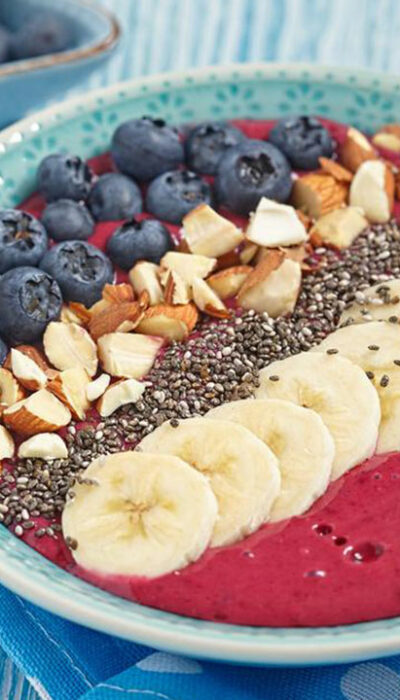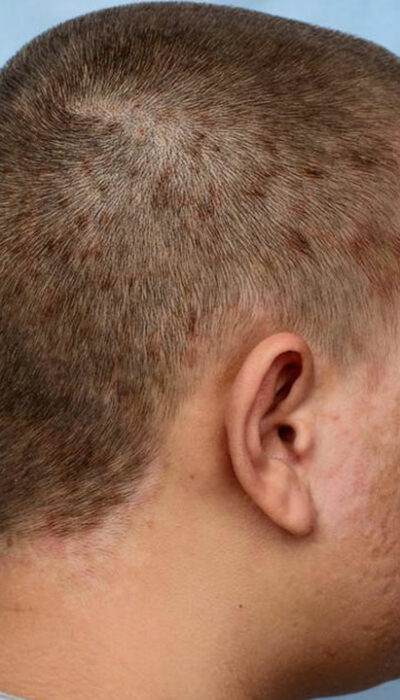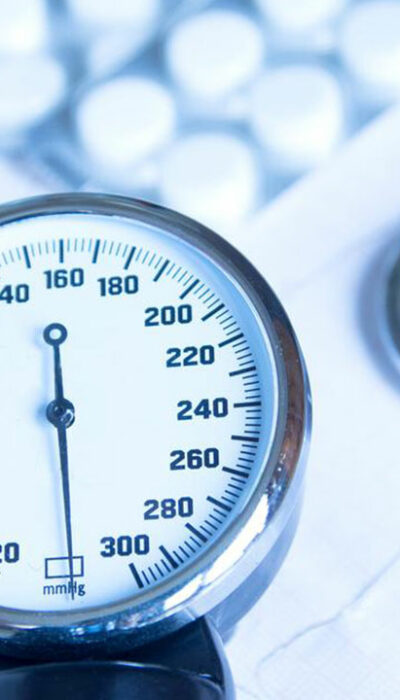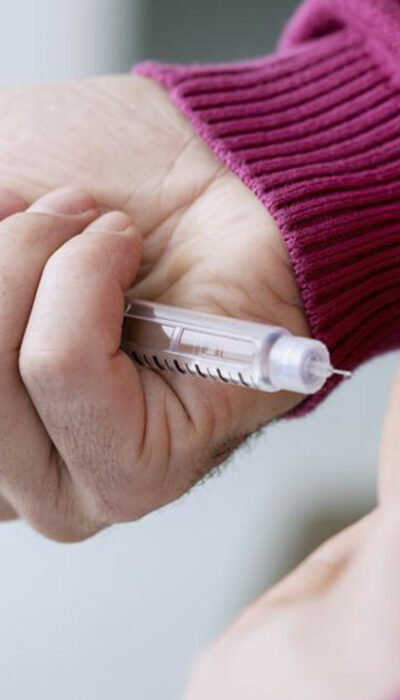
3 Effective Tips for Maintaining Normal Blood Sugar Range
A normal blood sugar range can be extremely different scenarios for a diabetic and a non-diabetic. Usually, 70 mg/dL to 140 mg/dL is considered to be a normal blood sugar range. On the other hand, 140 mg/dL to 180 mg/dL is a relatively raised level of blood sugar. However, this isn’t a diabetic condition but a major red flag indicating its possible onset. Anything above 180 mg/dL specifies as a diabetic condition, i.e., hyperglycemia. Some of the symptoms of hyperglycemia are headaches, unexplained weight loss, weakness, excessive thirst, frequent urination, decreased concentration, blurry eyesight, etc. For most diabetics, normal blood sugar ranges between 70 mg/dL to 140 mg/dL before eating anything and below 180 mg/dL two hours after having meals. But these levels can surge when you – Miss insulin shots or sugar control medications Consume food containing high levels of sugar Are battling with any illness Are dealing with mental pressure Not adequately active Why is it essential to monitor your blood sugar range? Blood sugar monitoring on a regular basis on a regular basis is a healthy practice for any individual. However, for people who have diabetes examining blood sugar levels is of utmost significance. The following points explain how keeping normal blood sugar range in check can benefit you. You will get a better perspective about how well your treatment is working. It helps you make necessary changes in your lifestyle, diet, and medication if in case the results are unfavorable. Self-monitoring the blood sugar range makes you more disciplined, and this can have a positive effect on your overall health. Keeping an eye on your blood sugar will also help evade any potential health scares caused due to diabetes such as vision and nerve damages, cardiovascular diseases, kidney disorders, circulatory problems, intestinal complications and slow healing.










